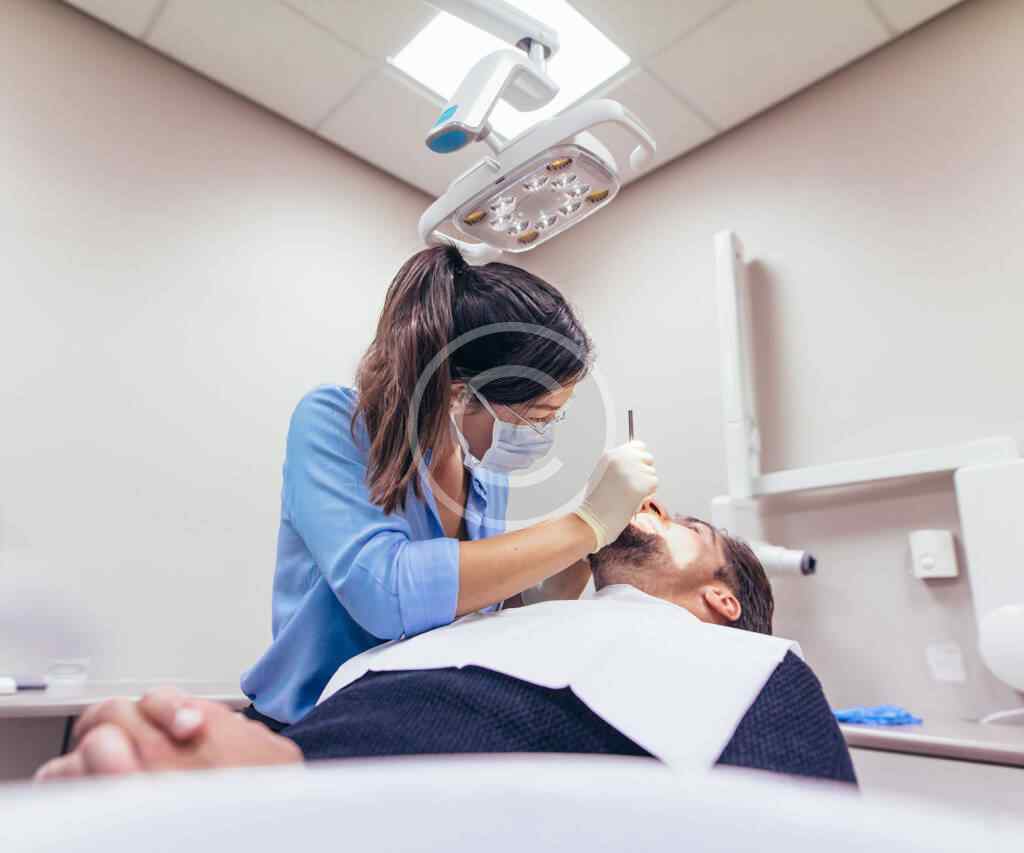When Seconds Count: Your Expert Guide to Dental Emergencies and Urgent Care
Dental emergencies can be frightening and require quick, informed action to minimize complications, alleviate pain, and potentially save a tooth. Understanding what constitutes an emergency and how to respond is essential. The steps taken in the first few minutes can reduce pain and improve the long-term prognosis.
A true dental emergency is potentially life-threatening and requires immediate treatment to stop ongoing tissue bleeding, relieve severe pain or infection, or address trauma involving facial bones that could compromise the patient’s airway. Most other issues fall under urgent dental care, which focuses on managing conditions that need immediate attention to relieve severe pain or risk of infection, minimizing the burden on hospital emergency departments.
Recognizing a Crisis: When to Seek Immediate Care
Dentists use their professional judgment to determine the need for urgent or emergency care. However, seek care right away if you experience severe pain that over-the-counter medication can’t alleviate, sudden swelling in the face or jaw, persistent bleeding, or difficulty opening your mouth or swallowing.
For severe issues impacting breathing or involving trauma to facial bones, an immediate trip to the hospital or calling 911 makes the most sense. For non-life-threatening but painful dental issues, a trip to the dentist for urgent care is appropriate.
——————————————————————————–
Common Dental Emergencies and Urgent Treatment Protocols
We draw on expert guidelines to detail appropriate first-aid and management for the most common urgent dental issues.
1. Chipped or Broken Tooth Emergency
A tooth fracture resulting in pain or causing soft tissue trauma is classified as urgent dental care. While minor chips might only affect the enamel, deeper breaks can expose sensitive nerves, requiring professional assessment.
First-Aid Steps for a Chipped or Broken Tooth Emergency:
1. Rinse your mouth with warm water to clear away any fragments.
2. If there is bleeding, apply gentle pressure using a piece of clean gauze or a damp cloth until the bleeding subsides.
3. Use a cold compress on the outside of the cheek to minimize swelling while waiting for professional care.
4. If possible, keep any tooth fragment you find in milk or sodium chloride 0.9% for possible rebonding.
5. If the fracture exposes the pulp (visible pink/red center) and is highly sensitive, a dentist should assess the tooth promptly (within 24 hours). Management may involve covering the exposure with calcium hydroxide paste (Dycal®).
2. Dental Abscess Emergency Treatment
A dental abscess is a serious complication defined as a localized, encapsulated area filled with pus, resulting from a bacterial infection that the body attempts to contain. An abscess requires immediate professional attention to relieve the burden on hospital emergency departments.
Key Indicators and Treatment Focus:
• Symptoms: Signs include severe, ongoing, throbbing pain (often worsening when lying down), swelling, redness, fever, or pus discharge.
• Periapical Abscess: This occurs at the tip of the root, often stemming from a dead tooth nerve. The pain is typically severe because the pus is trapped between bone, which has very little room to expand.
• Treatment Necessity: Abscesses usually require drainage for effective pain relief. Antibiotics alone rarely resolve an established abscess because the medication struggles to penetrate the walled-off pus pocket.
• Systemic Spread: If symptoms include high fever, difficulty swallowing, or problems breathing, the infection may be spreading systemically and requires immediate medical attention, potentially hospitalization.
3. Emergency Root Canal Treatment
A root canal procedure is often necessary to treat severe dental pain resulting from pulpal inflammation or extensive dental caries. This procedure is the gold standard when bacteria penetrate the tooth’s inner pulp tissue (pulpitis), especially if caught early.
Root canal treatment may be required when deep tooth decay, cracked teeth, or severe facial trauma affects the pulp. For teeth that have been completely knocked out (avulsed) and replanted, Emergency Root Canal Treatment should generally be initiated within two weeks following replantation for teeth with a closed apex. Without dental insurance, the average cost of a root canal procedure can range from $200 to $1,472.
4. Lost Filling or Crown Emergency
A lost filling or crown emergency occurs when a restoration becomes loose due to decay or wear, exposing sensitive tissues and causing pain or sensitivity when chewing or drinking. Urgent care is needed if a temporary restoration is lost, broken, or causing gingival irritation.
First-Aid and Temporary Solutions:
1. Keep the area clean by gently brushing around it.
2. An over-the-counter dental cement may be used temporarily to hold a crown in place.
3. For temporary re-seating of a loose crown, expert advice suggests using ordinary standard toothpaste. After inspecting the crown for chips and drying both the inside of the crown and the prepped area of the tooth, apply a small dab of toothpaste inside the crown, line it up (the longer side typically faces the cheek or lip), and push down to seat it.
4. Do not use super or crazy glue.
5. Emergency Pediatric Dentist: Handling Children’s Trauma
When a child experiences a dental emergency, the parent’s composed response is crucial to keep the child calm.
Specific Pediatric Concerns:
• Knocked-out permanent tooth: This is a time-critical dental emergency. If a permanent tooth is completely dislodged, the best chance for successful reimplantation occurs within 30 minutes to an hour.
◦ Handle the tooth only by the crown (the white part), not the root.
◦ If dirty, rinse gently with milk, saline, or saliva—never scrub the root.
◦ If possible, replant the tooth immediately at the site of the accident.
◦ If immediate replantation is impossible, store the tooth in milk (the preferred medium), the patient’s saliva (tucked between the cheek and gums, being careful not to swallow), or saline. Water is a poor medium but better than air-drying.
• Knocked-out primary (baby) tooth: Primary teeth should not be replanted. However, parents should still contact a dentist immediately to ensure no fragments remain and to plan for maintaining space for the developing permanent tooth.
Specialists, such as an emergency pediatric dentist, combine advanced clinical training with a gentle approach, which is vital for providing skilled, compassionate care to children during stressful emergency situations.
——————————————————————————–
Prevention and Preparedness
While accidents are unpredictable, many dental emergencies are preventable.
• Oral Hygiene: Brush twice a day with fluoride toothpaste, floss daily, and consider using an antimicrobial mouthwash to limit bacterial growth, thus preventing deep cavities that lead to pulp infections and abscesses.
• Protection: Wear a custom-fitted mouthguard during contact sports, as athletes are 60 times more likely to experience dental injuries without one.
• Regular Visits: Routine checkups allow dental professionals to detect and treat small issues, like cavities or minor cracks, before they escalate into emergencies requiring complex procedures like root canals.
Being prepared—with the contact information for an experienced dental provider and knowing basic first-aid steps—can significantly lessen anxiety and decrease the risk of permanent damage during a crisis



